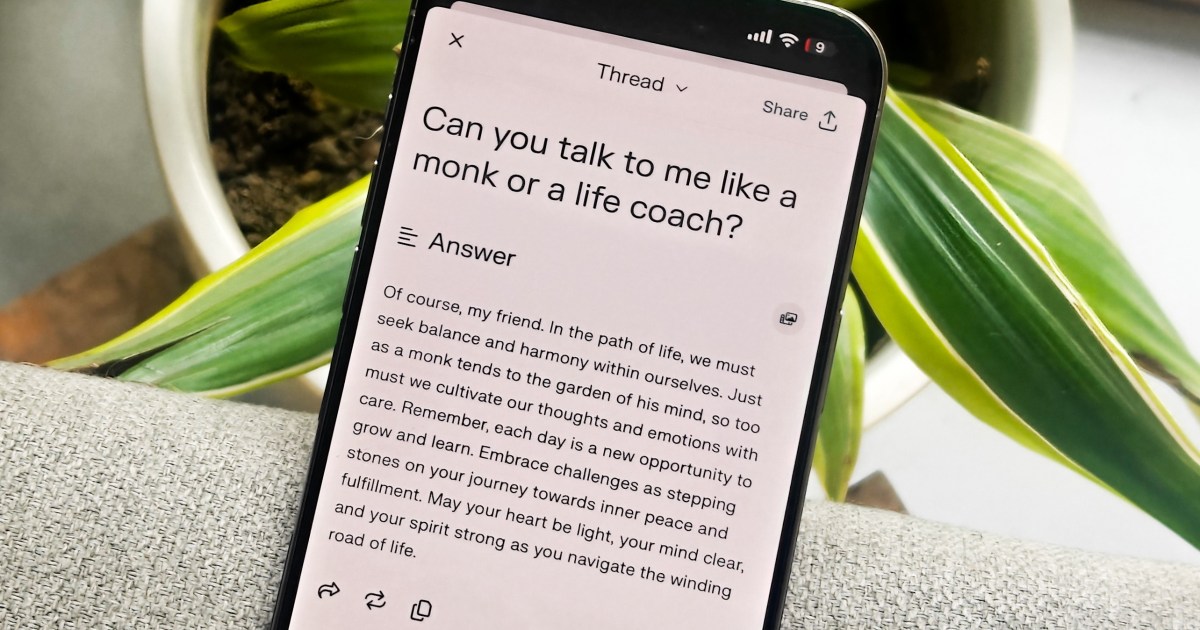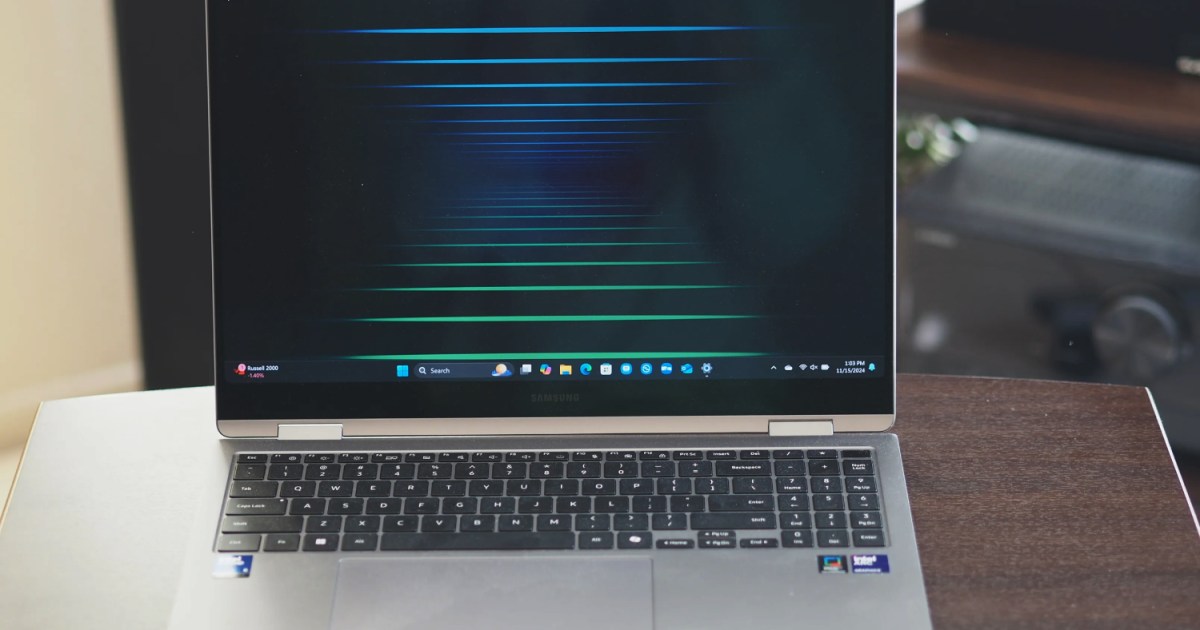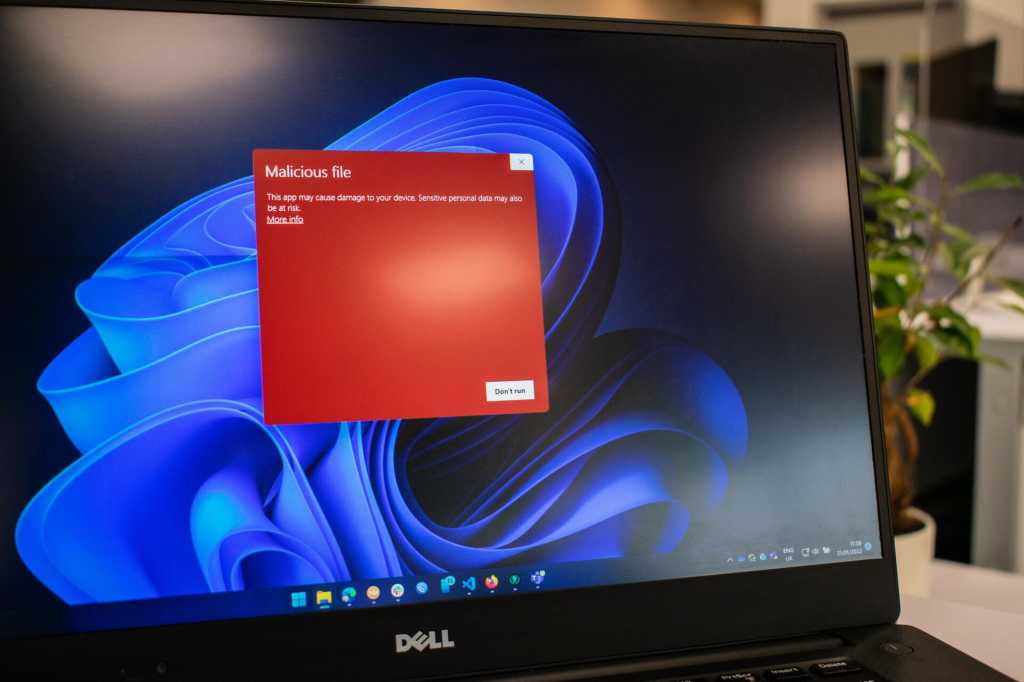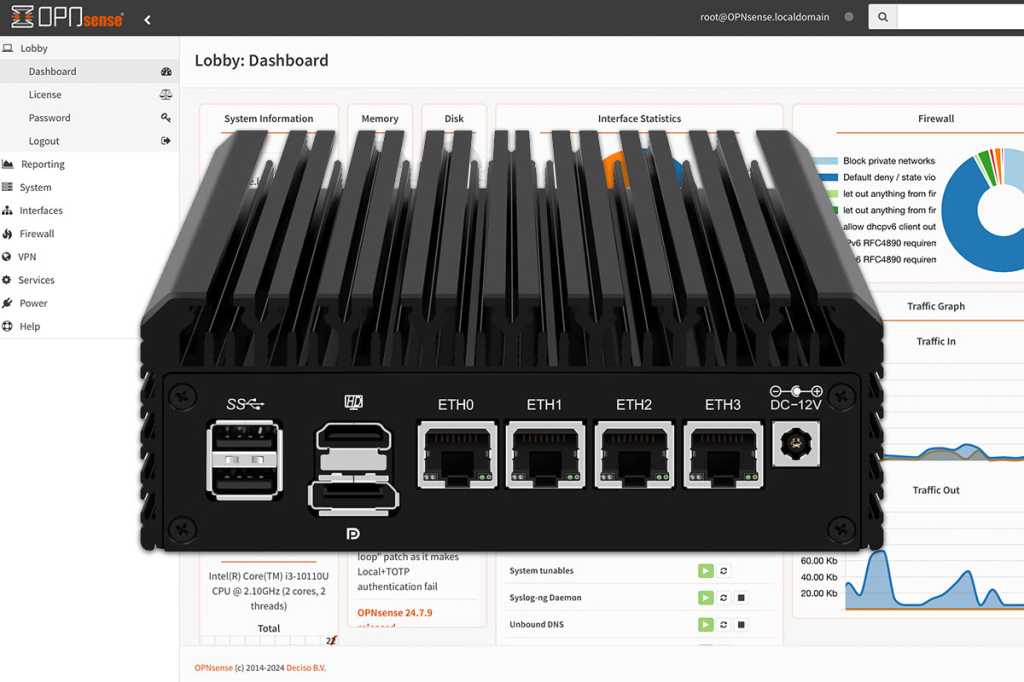Perplexity AI has emerged as a prominent player in the AI-powered search engine landscape, captivating users with its unique approach to information retrieval. This innovative “answer engine” has quickly gained popularity, rivaling even ChatGPT, the technology that powers it. This article delves into the mechanics of Perplexity AI, its key features, and the controversies it has faced.
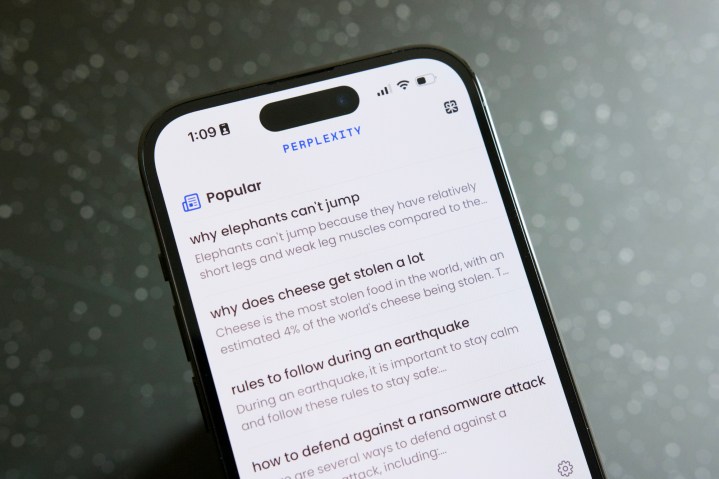 Perplexity AI app running on an iPhone 14 Pro.
Perplexity AI app running on an iPhone 14 Pro.
Perplexity AI distinguishes itself from traditional search engines like Google by synthesizing information gleaned from the web into conversational responses. Instead of presenting a list of websites, it directly provides the information extracted from those sources. Unlike conventional chatbots, Perplexity AI doesn’t have a knowledge cut-off date, ensuring access to up-to-date information. However, its accuracy relies heavily on the reliability of its source material.
Understanding Perplexity AI’s Functionality
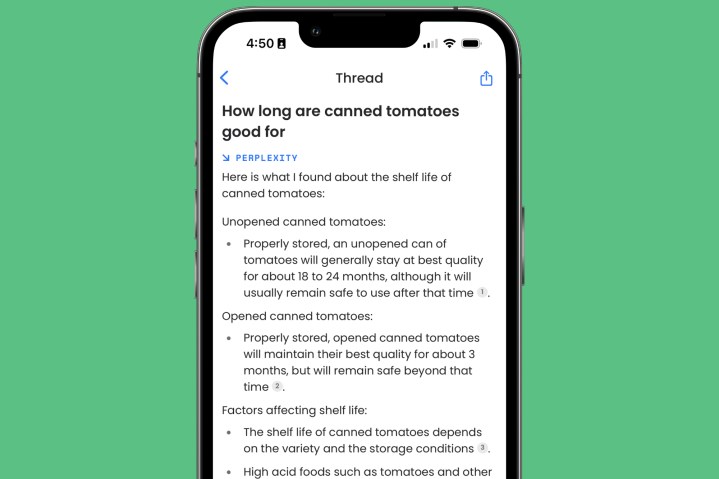 The Perplexity AI iPhone app answering the question
The Perplexity AI iPhone app answering the question
Perplexity AI functions as an AI-powered search engine, utilizing a chatbot interface to deliver answers. It retrieves information from the web and synthesizes it into a conversational reply, complete with citations. This approach contrasts with traditional search engines that simply provide links to relevant websites. Perplexity’s dynamic nature allows it to access current information, unlike chatbots with fixed datasets.
In late 2024, Perplexity introduced two significant features: Internal Knowledge Search and Spaces. Internal Knowledge Search empowers the AI to search users’ and organizations’ private files for more precise and personalized results. Spaces functions as a collaborative workspace, offering a preview of generated code and content in a separate window. Furthermore, Perplexity has begun exploring sponsored follow-up questions and paid media alongside answers, along with introducing a shopping tool for product research and purchase.
Perplexity vs. ChatGPT Search
 the Perplexity desktop app
the Perplexity desktop app
ChatGPT, recognizing the effectiveness of Perplexity’s model, launched ChatGPT Search in October 2024. This feature mirrors Perplexity’s functionality, generating up-to-date conversational answers based on information from the internet. Perplexity AI is accessible through its website, Mac desktop app, and mobile apps for iOS and Android.
The Evolution of Perplexity
Founded in August 2022, Perplexity launched its first product, Perplexity Ask, in December of the same year. In January 2023, new features were added, including real-time sourcing and follow-up question capabilities. The chatbot was rebranded as “Perplexity” in February 2023, accompanied by a Chrome extension. By March 2023, Perplexity reached 2 million monthly active users, growing to approximately 15 million by October 2024.
Using Perplexity: A Quick Guide
Accessing Perplexity is straightforward; simply visit perplexity.ai. While free usage is available, creating an account (via Google, Apple, or company email) allows for saving search history. Upon initial login, users are guided through introductory screens highlighting the AI’s features and the Pro subscription.
The platform offers several navigation options: Home (for direct AI interaction), Discover (for curated news), Spaces (for document uploads and AI instruction setting), and Library (for managing conversation threads). Users can specify search sources (web, academic publications, video/social media, math, text generation) and upload files to supplement prompts (limited to three uploads/day for free users). A Pro search toggle enables more extensive searches (up to three per day).
Perplexity Pro: Features and Benefits
Perplexity Pro offers a premium experience for $20 per month. This subscription includes unlimited quick searches, 300 Pro searches daily, access to advanced AI models (GPT-4o, Claude-3, Sonar Large), unlimited file uploads, image generation capabilities (Playground AI, DALL-E, SDXL), and a monthly API credit.
Legal Challenges and Controversies
Perplexity’s data-scraping practices have drawn criticism and legal action from various publications. In 2024, it faced accusations of “willful infringement” from Forbes and received cease-and-desist orders from Conde Nast and The New York Times. Furthermore, NewsCorp filed a lawsuit alleging copyright infringement on a massive scale.



